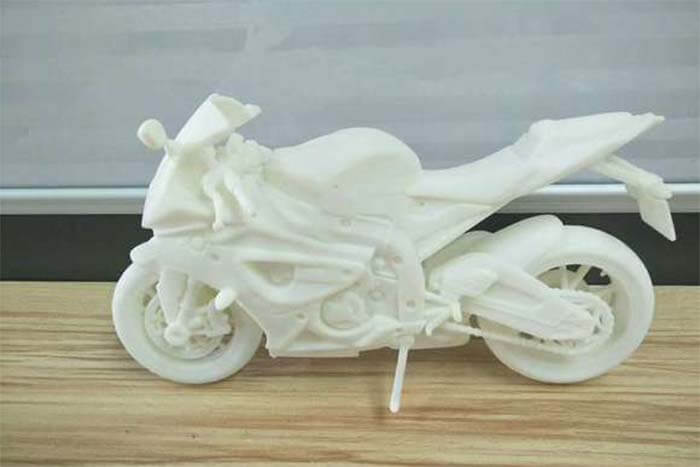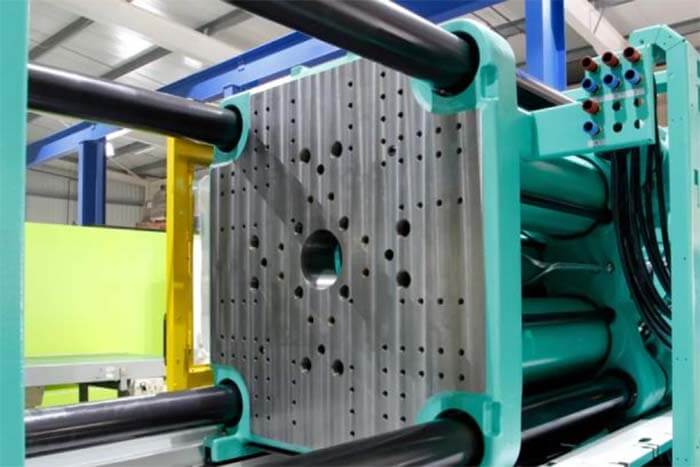After the read about Plastic injection molding vs. 3D printing, What’s the Difference; you will know:
Plastic injection molding vs. 3D printing, What is the difference between injection molding and 3D printing?
Plastic injection molding vs. 3D printing process
Plastic injection molding vs. 3D printing strength
Plastic injection molding vs. 3D printing materials
Plastic injection molding vs. 3D printing production model
Plastic injection molding vs. 3D printing costs, is 3D printing cheaper than injection molding?
Plastic injection molding vs. 3D printing applications
Advantages and disadvantages of plastic injection molding vs. 3D printing
Will 3D printing replace injection molding?
Plastic injection molding vs. 3D printing, What is the difference between injection molding and 3D printing?
Plastic injection molding and 3D printing are two different molding methods that have nothing in common except that the materials used for processing can be the same.
3D printing is to layer the 3D model designed in the computer to get many 2D flat shapes, and then use various materials of powder or molten plastic or other materials to print these 2D shapes layer by layer and stack them to become 3D solids, that are printed products.

Injection molding is the process of creating a mold with an internal cavity, and the molten plastic is injected into the mold cavity under pressure and then removed from the mold after cooling to obtain the product.

3D printing technology is not a new technology, it belongs to the last century of ideas, the last century of technology, but belongs to this century of the market.
As early as the 1980s, the concept of 3D printing technology has been proposed by foreign scientists and recognized by people, and in the mid-1990s, officially entered people’s lives. It is a rapid prototyping technology, which is a digital model file-based technology that uses powdered metal/plastic and other bondable materials to construct objects by printing layer by layer.
Plastic injection molding is a method in which a completely molten plastic material is stirred by a screw at a certain temperature, injected into a mold cavity with high pressure, and cooled and cured to obtain a molded product.
The plastic injection molding process began in the 1920s, has nearly a hundred years of development history, and is now a very widely used, very mature industrial manufacturing technology.
Plastic injection molding vs. 3D printing process
Injection molding is the process of injecting a heated liquid material into a mold by pressure and then solidifying it after cooling. Molds are usually made of steel or aluminum.
The FDM process is commonly used for 3D printing, where the material is made into a wire, fed into the nozzle of a 3D printer, heated and extruded, and shaped in layers.
Plastic injection molding vs. 3D printing strength
Parts manufactured through injection molding consist of a single poured layer, which adds strength to the shape because there are no fissures or points of weakness. Whereas in 3D printing, the part is made layer by layer which impacts its overall strength.
Plastic injection molding vs. 3D printing materials
Injection molding process commonly used materials: silicone, TPE, TPU
3D printing commonly used materials: TPE, TPU
Plastic injection molding vs. 3D printing production model
The injection molding process can produce standardized products at a low cost and on a large scale as long as the injection mold is available, so for traditional high-volume, large-scale manufacturing, injection molding is still the best choice at this time.
And 3D printers do not need traditional tools, fixtures, machine tools, or any mold, they can be direct to the computer of any shape automatically, quickly, directly, and relatively accurate three-dimensional design of the computer into a physical model, thanks to the 3D printer is very different from the characteristics of the traditional injection molding process, the more complex non-solid objects, the faster the processing speed, the more savings in raw material costs, and therefore better at personalized The more complex and non-solid objects are, the faster the processing speed and the lower the raw material cost, so it is better at personalized and diversified product manufacturing.
Plastic injection molding vs. 3D printing costs, is 3D printing cheaper than injection molding?
Due to the wide availability of raw materials for injection molding and its characteristics of mass and rapid standardized production, it also helps to reduce the cost of individual products, therefore, in terms of manufacturing cost, the cost of injection molding is much lower than that of 3D printing technology.
However, for industrial manufacturing, the real cost-saving aspect of 3D printing is the modification of the prototype, which only requires modification of the CAD model and does not incur any manufacturing cost.
In injection molding, if the prototype is a steel mold, the cost of modification will be relatively low, but if the use of aluminum alloy mold-making tools, the cost will be much higher. This is also the reason why many companies or individuals currently engaged in mold design, will choose the 3D printer for mold design printing from Creative 3D.
Plastic injection molding vs. 3D printing applications
Currently, the injection molding process can achieve batch manufacturing of items with consistent shapes, so it is ideal for the manufacture of large quantities of standardized products.
3D printing can print raw materials into physical models or even directly manufacture parts or molds simply by inputting 3D images through a control terminal, thus effectively shortening the product development cycle. 3D printers produced by 3D have been widely used in the fields of creators, architectural design, mold model design, and other mature applications.
Advantages and disadvantages of plastic injection molding vs. 3D printing
Advantages and disadvantages of injection molding technology
Advantages
Injection molding is one of the preferred processes for the production of plastic products. Its main advantages are the wide variety of plastic materials, low material waste during production, fast mass production, and low cost.
Rapid completion of mass production.
High precision of parts and good material properties.
Low unit cost when the number of parts reaches a certain amount.
Disadvantages
High tooling costs.
There are certain limitations in modeling.
The disadvantages of injection molding mainly come from molds. First, the long production cycle and high cost of molds result in injection molding having to produce a certain number of plastic products to be economically viable and unsuitable for small production runs.
Molding is limited and some shapes can result in molds that cannot be removed, limiting product design. Iteration costs are high. Modifying the product design will also require modifying the corresponding production molds, which will require new costs and time.
As a result, iterations are usually only performed when the mold becomes economically viable. In order to be economical, it must be produced in certain quantities after start-up, which will result in inventory costs.
Advantages and disadvantages of 3D printing technology
Advantages
Low individual cost when manufacturing in small quantities.
Low molding constraints, allow for complex shapes to be produced.
No need to make expensive molds.
The advantages of 3D printing technology are that it does not require molds, has fewer molding constraints, and can take full advantage of design and topology optimization to optimize the structure of the product and achieve the same or better mechanical properties with fewer materials.
The cost of 3D printing technology has little to do with the complexity of the part. For example, a complex part will increase geometrically when using injection molding, while 3D printing does not increase the cost, and multiple parts can be integrated into a whole and printed as a whole to reduce assembly time later.
3D printing better supports iteration because no molds are required. In addition, 3D printing allows for on-demand production, reducing inventory pressure and providing more flexibility in production.
Disadvantages
Less precision and detail than injection molding.
Slow batch production rates.
The disadvantage of 3D printing technology is that mass production is not fast enough. When the production volume exceeds a certain amount, the efficiency of 3D printing appears low. If 3D printing and injection molding are compared to runners, 3D printing is the sprinter and injection molding is the long-distance runner. The types of materials available are far fewer than injection molding. The surface quality is average and often requires post-treatment to improve the surface quality.
Based on the advantages and disadvantages of these two processes to make a summary, the injection molding process is used for high-volume production; 3D printing can be used for single-piece or small-volume production.
Will 3D printing replace injection molding?
In the future, as 3D printing technology continues to advance, injection molding will continue to attract some markets. However, it will remain relatively difficult to truly replace injection molding in a short period of time.
When 3D printing is fast enough to support enough materials with better print quality, it may have a big impact on the injection molding process.
Besides the Plastic Injection Molding vs. 3D Printing, What’s the Difference article, you may also be interested in the below articles.
Extrusion vs. Injection Molding, What Is The Difference?
Injection Molding vs. Thermoforming, What’s the Difference?
Summary Of 50 Injection Mold Structure Operation Dynamic Diagrams
What Is The Difference Between Two-Platen Mold And Three-Platen Mold?
